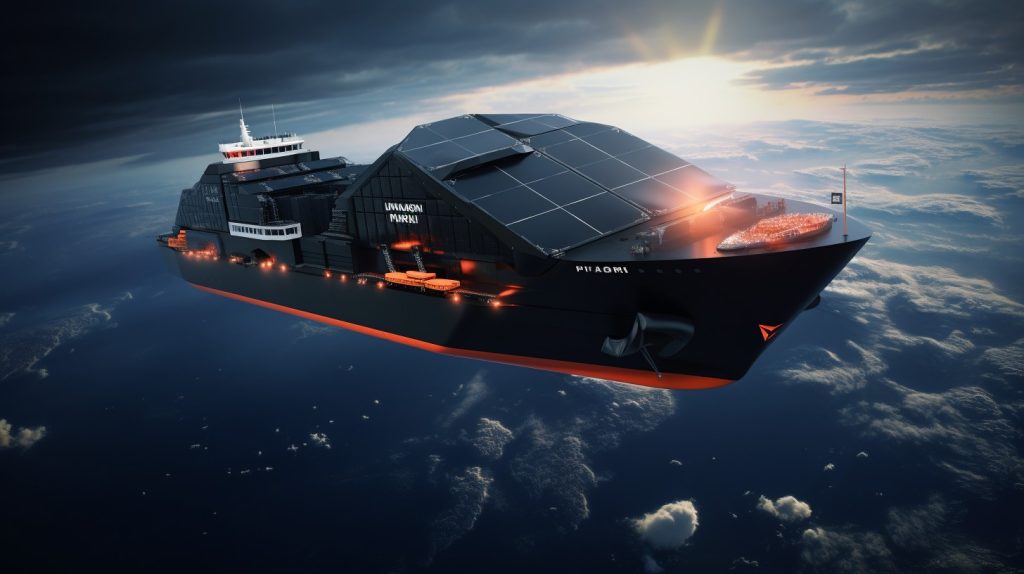
Hapag-Lloyd to use Starlink’s Satellite Internet onboard
HAMBURG : After a successful pilot phase, Hapag-Lloyd is set to transform connectivity at sea with the rollout of Starlink Satellite Internet Technology across its fleet.
Since May, crew members aboard four pilot vessels have had the opportunity to test the Starlink technology. The feedback from these trials has been very positive. The high-speed satellite internet has revolutionized communication for seafarers, enabling seamless video calls and streaming services.
The network has a bandwidth of up to 250 megabits per second, facilitating not only private use but also enabling Hapag-Lloyd to conduct remote maintenance and vessel inspections. The shipowner expects that this will result in cost savings and an increase in service quality.
The next steps for the rollout of the internet include completing the ordering of the technology and antenna installation by the end of 2023 and the stepwise activation of the service on the company’s ships, which is set to commence in early 2024.
“We are very happy to provide our seafarers with Starlink’s high-speed satellite internet and thus to enhance their well-being on board. But also for Fleet Management the change in communication and connectivity will be huge,” Maximilian Rothkopf, COO at Hapag-Lloyd commented.
Implementing the new technology to our fleet marks a significant leap forward in ensuring maritime connectivity and stands to revolutionize the way our seafarers stay connected while at sea,” Donya-Florence Amer, CIO/CHRO added.
As part of its commitment to enhance its operations, Hapag-Lloyd recently emphasized the role of collaboration and industry working together to achieve Europe’s competitive edge on the global stage.
The message of sector-wide collaboration comes at a critical time for European shipping, as the European Union’s Emissions Trading System (EU ETS) is on the verge of entering into force.
The EU ETS represents a monumental shift in the maritime industry’s approach to environmental responsibility and carbon emissions. With its implementation, shipping companies will be required to cap their emissions and obtain allowances for the greenhouse gases they produce.
